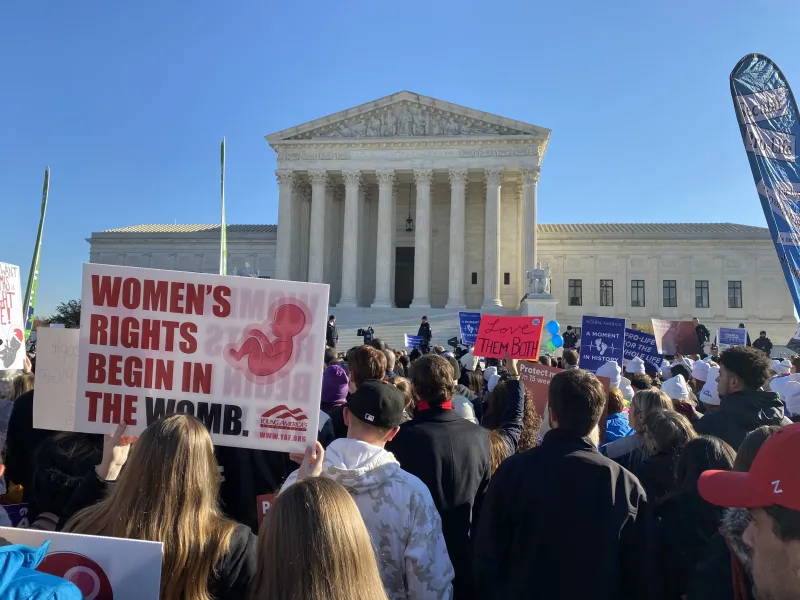
Vatican City, Mar 19, 2021 / 04:01 pm (CNA).- Among the seven clerics and religious whose heroic virtues were recognized by the Vatican on Thursday are three Italian religious sisters who died while serving victims of the Ebola virus in the Democratic Republic of the Congo in 1995.
The Congregation for the Causes of Saints promulgated a decree March 18 recognizing the heroic virtues of seven clerics and religious.
The religious sisters — Sr. Annelvira Ossoli, Sr. Vitarosa Zorza, and Sr. Danielangela Sorti — were members of the Sisters of the Poor, Palazzolo Institute. They contracted and died of Ebola while serving the poor. Three of their fellow religious who also died of Ebola were recognized for their heroic virtue Feb. 20.
The six religious sisters died while attending to Ebola patients at a hospital in the Diocese of Kikwit between April 25 and May 28, 1995.
They had reportedly assisted in an operation on a patient who, unbeknownst to them, had the Ebola virus.
Following the death of the six religious and the resultant uncertainty about the Ebola epidemic, the Palazzolo Sisters in the DRC wrote a fax to their Mother General in Bergamo, saying, in part, “We understand your trepidation, but we are totally in God’s hands. No evacuation can be done. It is very hard for you and us to accept this separation from the Sisters.”
They continued, “Painful events have overwhelmed us but the life of the Congregation must continue; the situation is quite dramatic especially inside. But it is necessary to remain calm. In Kinshasa there are no outbreaks and all the roads towards the interior are blocked.”
Founded in 1869 by Italian Priest, Blessed Luigi Maria Palazzolo, the Sisters of the Poor serve the poor, orphans, and the sick.
The March 18 decree also recognized the heroic virtues of Mercurio Maria Teresi, Archbishop of Monreale from 1802 to 1805; Cosme Muñoz Pérez, a diocesan priest who founded the Congregation of the Daughters of the Patronage of Mary and who died in 1636; Salvatore Valera Parra, a diocesan priest who died in 1889; and Leone Veuthey, a Conventual Franciscan who died in 1974.
If you value the news and views Catholic World Report provides, please consider donating to support our efforts. Your contribution will help us continue to make CWR available to all readers worldwide for free, without a subscription. Thank you for your generosity!
Click here for more information on donating to CWR. Click here to sign up for our newsletter.




Leave a Reply